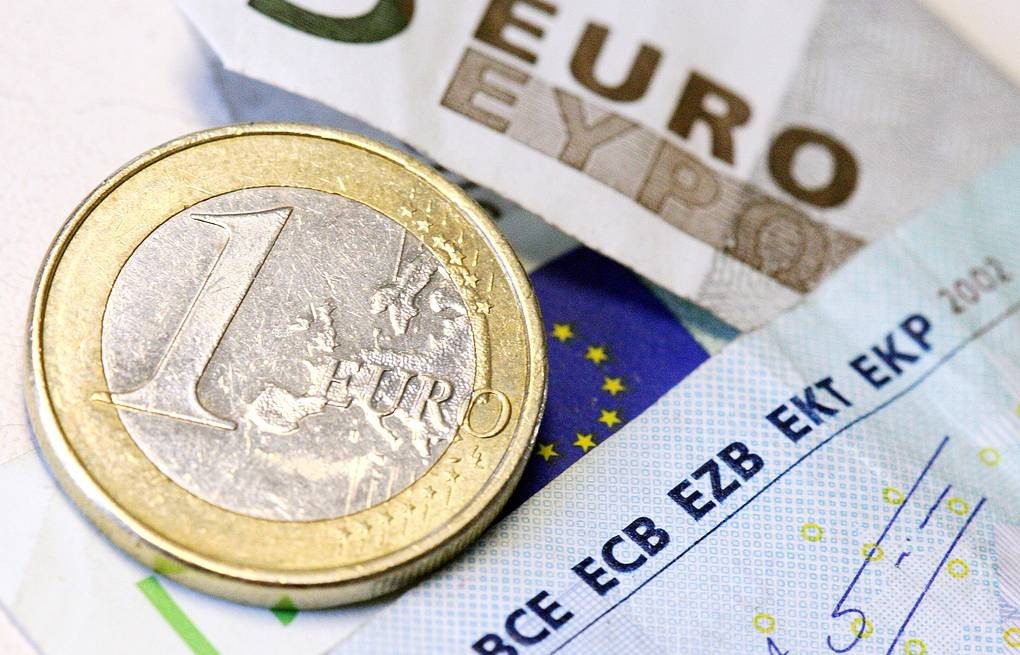
The EUR/USD pair bounced off lows around 1.1287 on Tuesday, but while the geopolitical situation remains uncertain, the euro is unlikely to have an opportunity to recover above the 1.1300 mark. Market players continue to follow the news flow and comments on the situation on the border of Russia and Ukraine. The investor added a little optimism to the opinion of the Ukrainian president that there would be no war and a broader escalation of the conflict.
However, investors are waiting and will react most strongly to the comments of the United States and the West, as well as their response to the rejection of the LPR and DPR from Ukraine with the help of the Kremlin. Russia's actions were perceived as a withdrawal from the Minsk agreements; the White House has already imposed a number of sanctions. Investments in the DPR and LPR, as well as the import of goods to the United States, services or technologies from these regions are prohibited.
The US authorities are to announce additional sanctions on Tuesday. At the same time, the press secretary of the US presidential administration, Jen Psaki, announced in advance that there were no plans to introduce harsh economic measures.
The sanctions rhetoric is supported by the UK and the EU, but this is unlikely to have much effect on the current mood. The market is used to sanctions and while they are mediocre and do not pose a big economic and financial threat to Russia, the reaction of investors will be short-lived and minimal, if at all. Tough measures are another matter, but no one has announced them yet. A full-scale war in Europe can frighten market players, there are certain risks.
Geopolitics continues to put pressure on the EUR/USD pair, but the quote does not fall below the 1.1300 mark for a long time. According to analysts, this is now a fairly strong level and it will be possible to push it only if there are serious reasons. The euro is now supported by macro statistics. A favorable report on the eurozone PMI business sentiment indices was released on Monday. The figures confirm expectations of an accelerated recovery of the eurozone economy against the backdrop of the end of the pandemic. The German IFO business climate index was published on Tuesday afternoon, indicating an increase from 95.7 to 98.9, which is much higher than the forecast. Of course, this is a positive for the euro and there was a reaction to the strong data from market players.
The current levels of the euro are a consequence of geopolitics. Analysts believe that the value of 1.1300 is an excellent level for medium-term long positions with a target of 1.1500. In the next three weeks, the pair is likely to remain in the sideways direction; we do not expect an exit from the 1.1300-1.1500 range.

In general, it is difficult to knock the market out of the side, even the most significant data will not help here. Still, traders should pay attention to the publication on Wednesday of the eurozone inflation report for January. The key US inflation indicator, the personal consumption price index, will be released on Friday. The markets are waiting for an increase in the indicator from 5.8% to 6%.
US statistics can clarify whether the Federal Reserve will immediately raise the rate by 50 bps in March. While the central bank makes it clear that it would like to avoid such a step.
The Reserve Bank of New Zealand should raise the rate on Wednesday. This is not very good for the dollar. Such actions underline how far the Fed lags behind other central banks in tightening policy.
The dollar index is losing its won positions and falling into the zone below 96.00. Meanwhile, closing above last week's high at 96.43 will signal further growth in the near future. The nearest support is located at 95.70

Traders of the EUR/USD pair will closely monitor the 1.1280 mark, as its breakdown will increase the risk of further decline up to 1.1100.
Support levels are located at 1.1305, 1.1260, 1.1220. Resistance levels are at 1.1390, 1.1455, 1.1495.





















